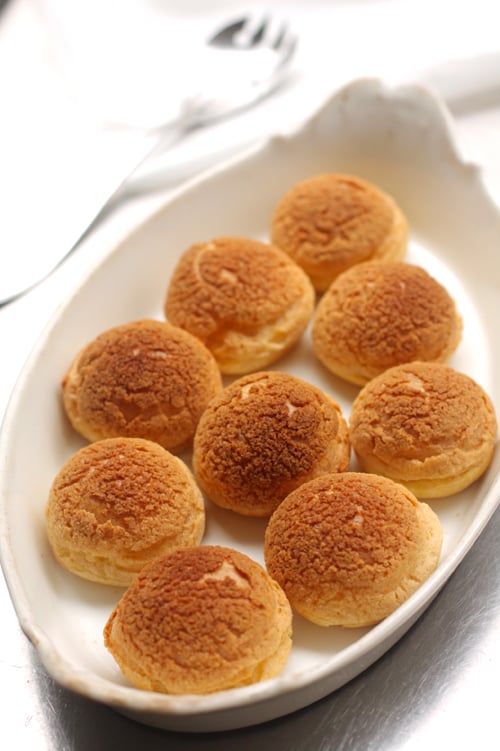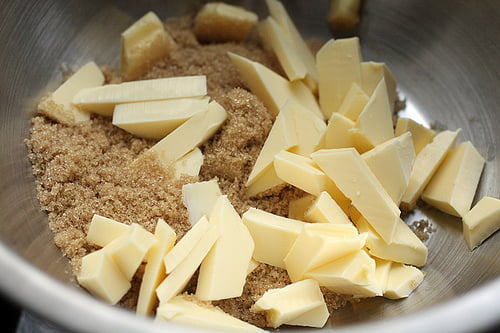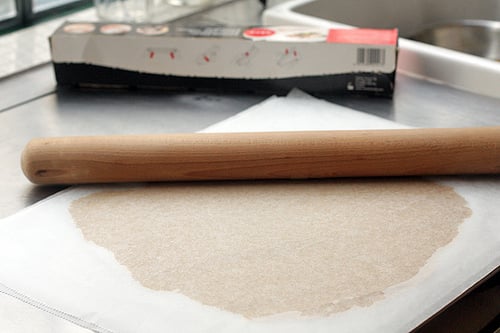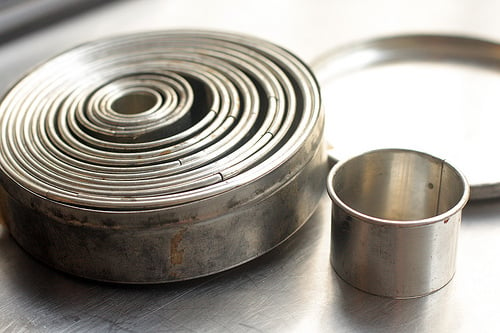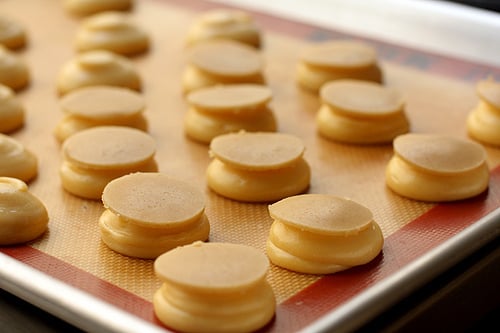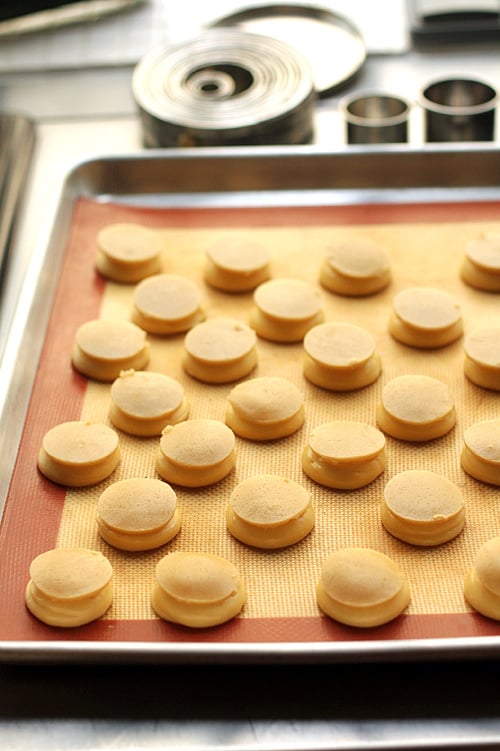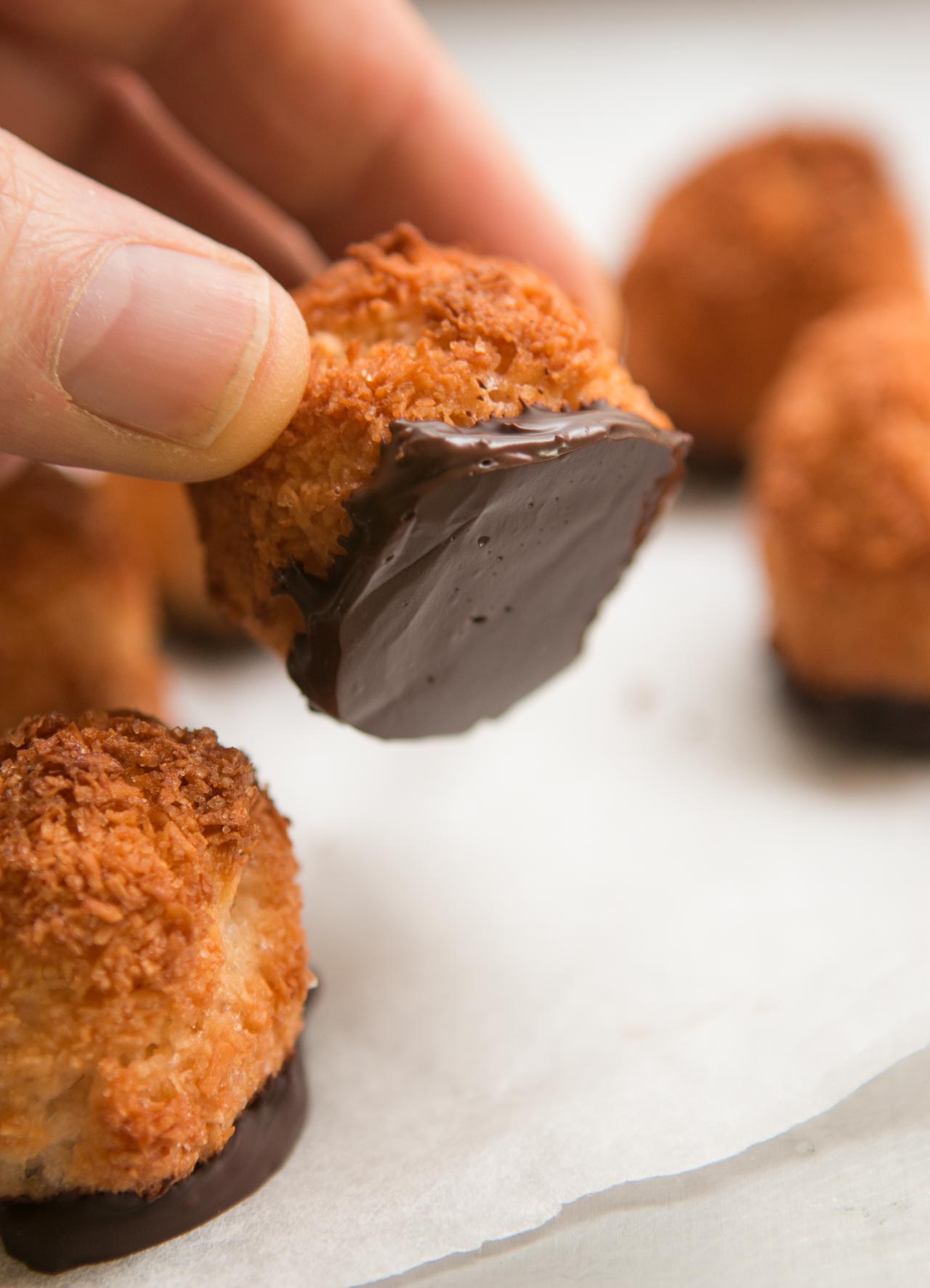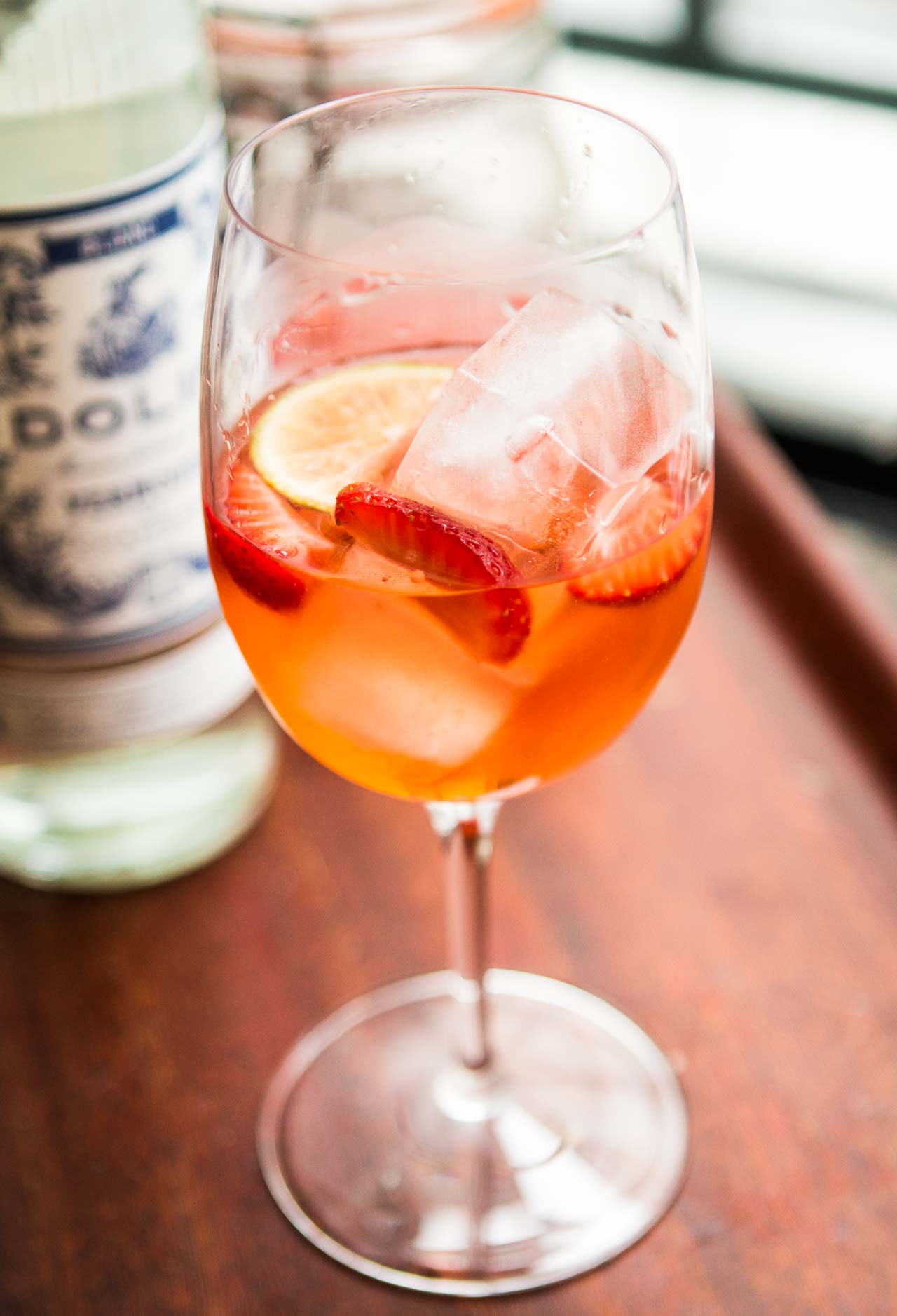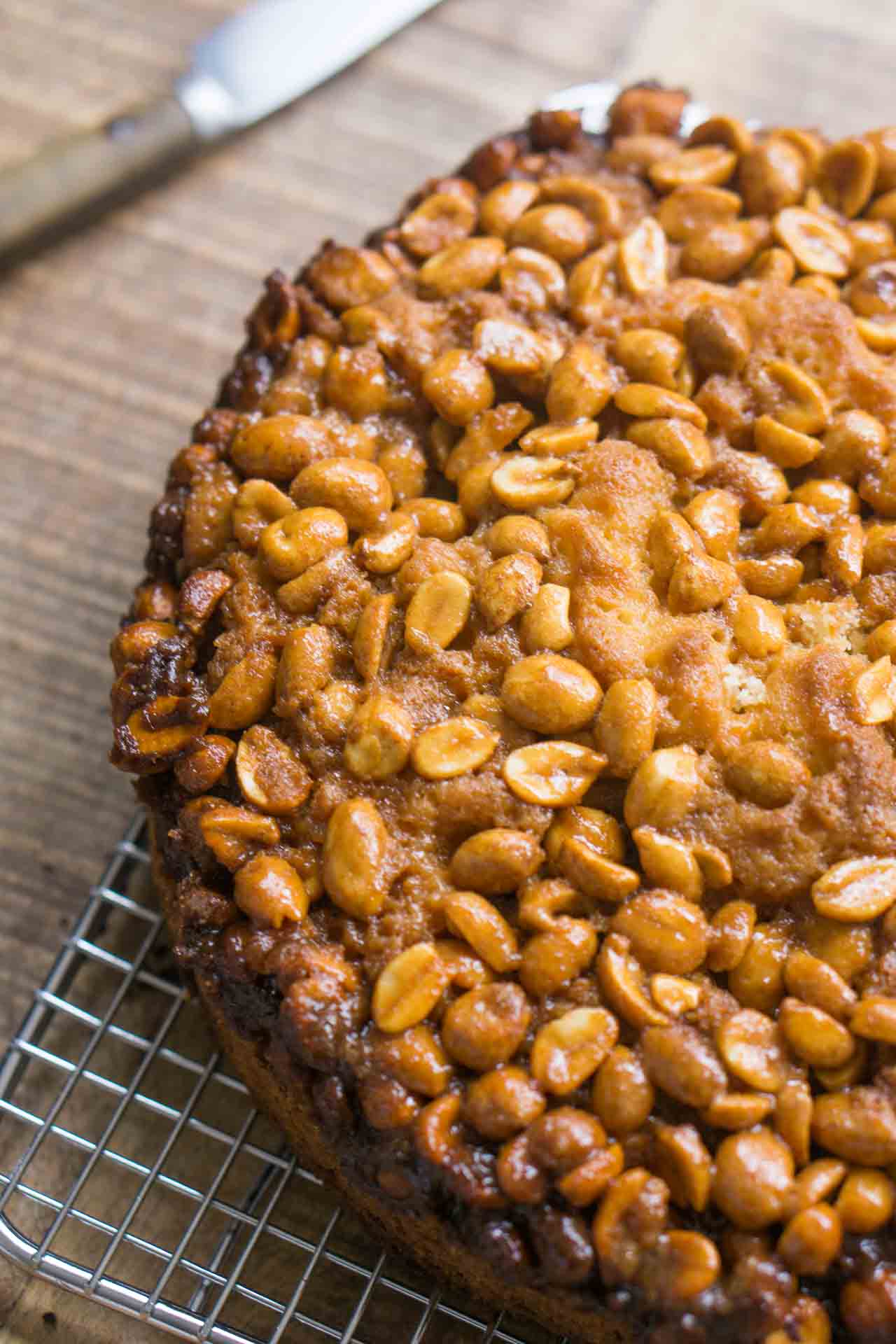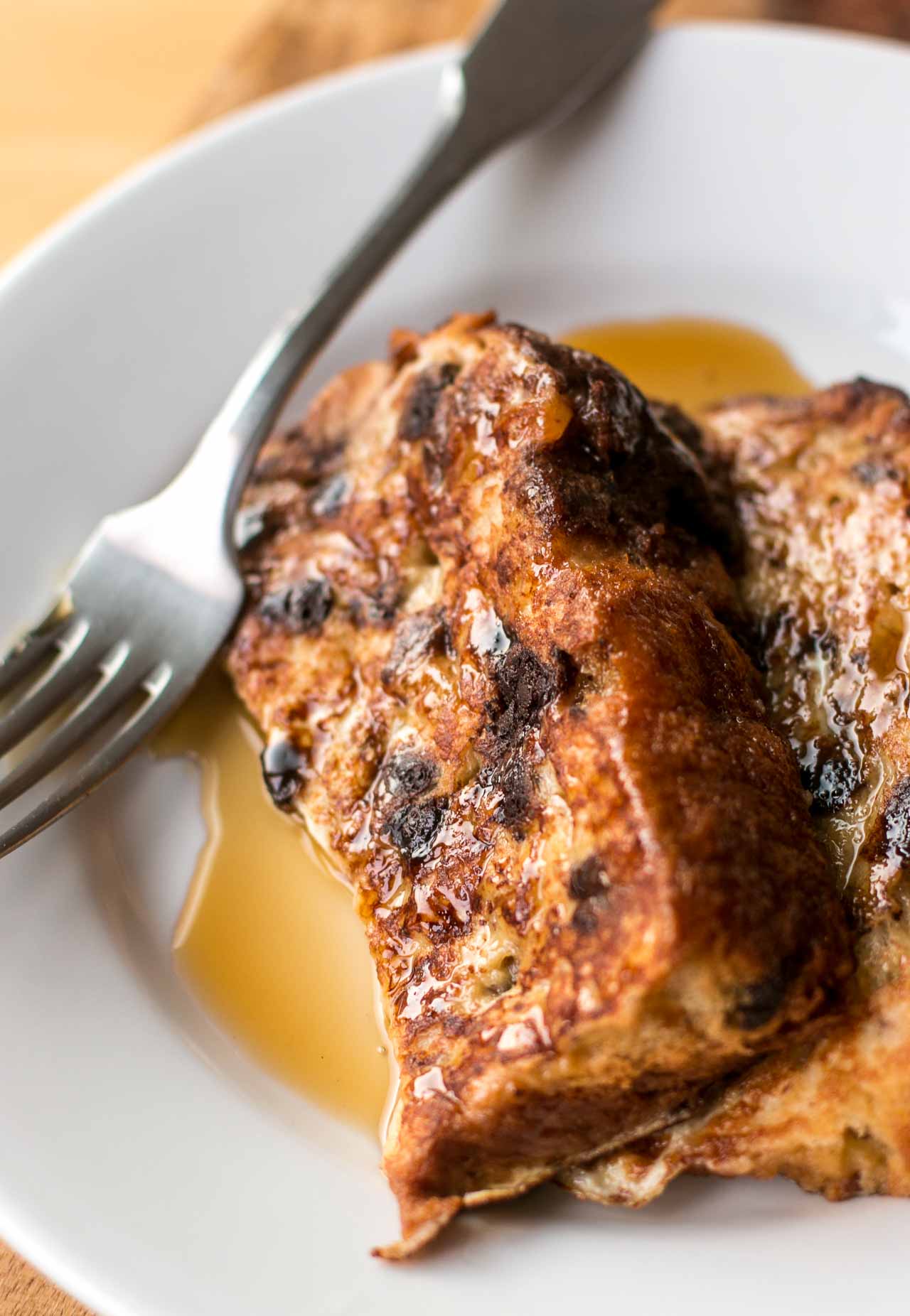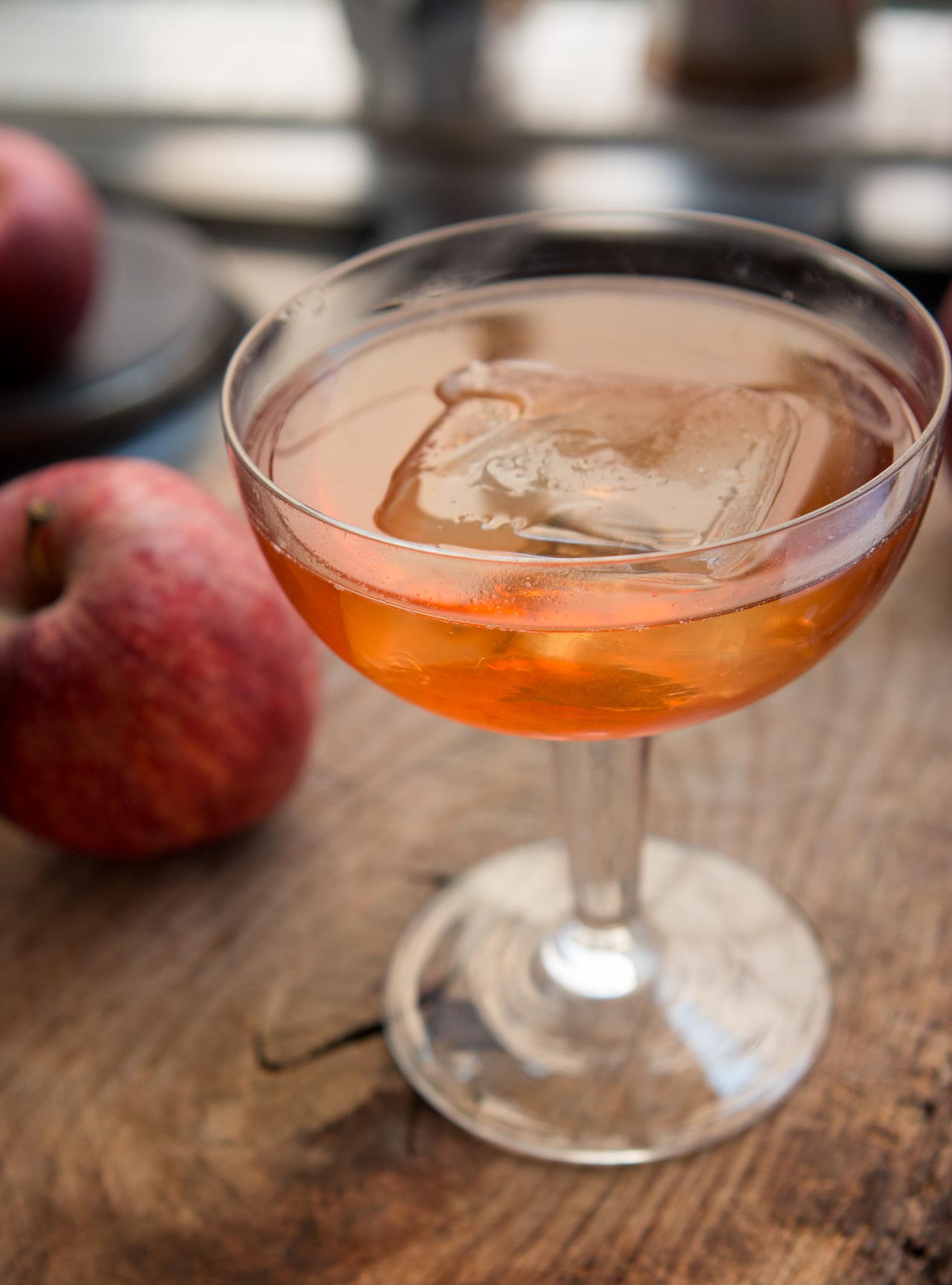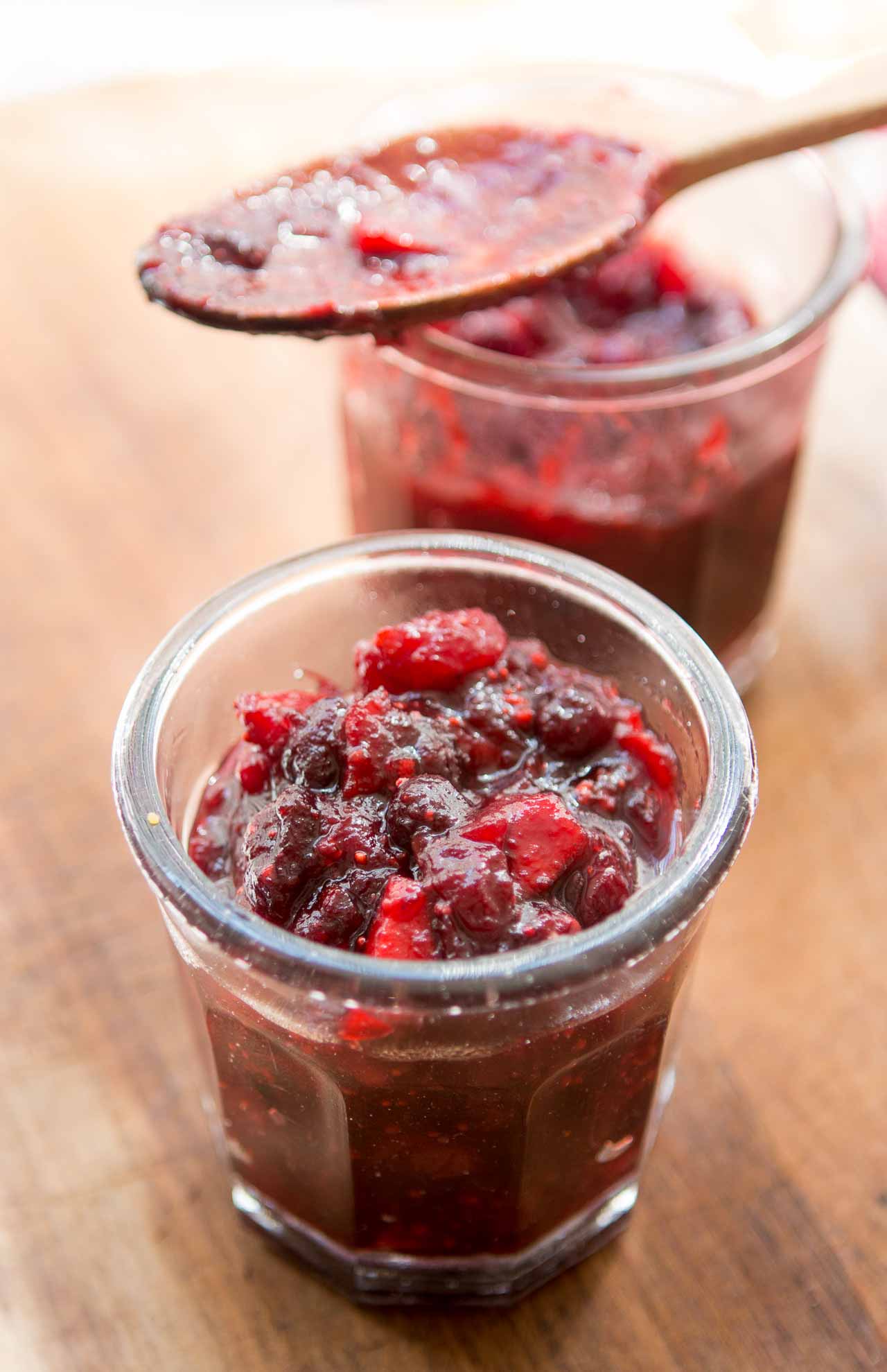Craquelin
If you’ve ever wondered how French pastry shops make cream puffs with that distinctive decorative crackly topping, look no further. (If you’ve never wondered, you can skip to the next entry.) The topping is called craquelin, a simple dough that’s easily put together and is a nifty little trick to gussy up ordinary cream puffs.
The dough is softened bits of butter, sugar, and flour, which is frozen then rolled out, then baked on top of each cream puff. Bakeries in Paris often make chouquettes, which are sold by the bag and make the perfect afternoon snack.
But fancier shops will dress up their cream puffs, which adorn more elaborate pastries. I made a batch of pâte à choux (cream puff) pastry recently, and decided to dress them up with craquelin (you can find cream puff recipes in my books, Ready for Dessert and The Perfect Scoop, as well as at the link above to chouquettes) – and was delighted to pull the tray from the oven to find the dough had draped nicely over the tops.
You can either snack on them as they are, or fill them with ice cream or lightly sweetened whipped cream and let them rest in a pool of chocolate sauce.
Craquelin
- 3 ounces (85g) unsalted butter, cubed, at room temperature
- 1/2 cup (100g) packed light brown sugar
- 3/4 cup (100g) all-purpose flour
- Pinch of salt
- In a bowl, cream together the butter and sugar with a sturdy spatula or wooden spoon, then add the flour and salt, and continue to mix the dough until it’s smooth. (You can also use a stand mixer with the paddle attachment.)
- Put the dough between two sheets of parchment paper and roll the dough until it’s about 13-inches (33cm) round. Slide the dough on a baking sheet and freeze the dough.
- Make your cream puffs, and after they are piped onto a baking sheet, remove the dough from the freezer and let it stand a minute or so, until it’s defrosted just enough to cut. Using a round cookie cutter about the same diameter of the puffs, cut out circles of the dough and set them on top of the puffs. Bake the cream puffs as indicated by the recipe, until the tops are nicely browned.
